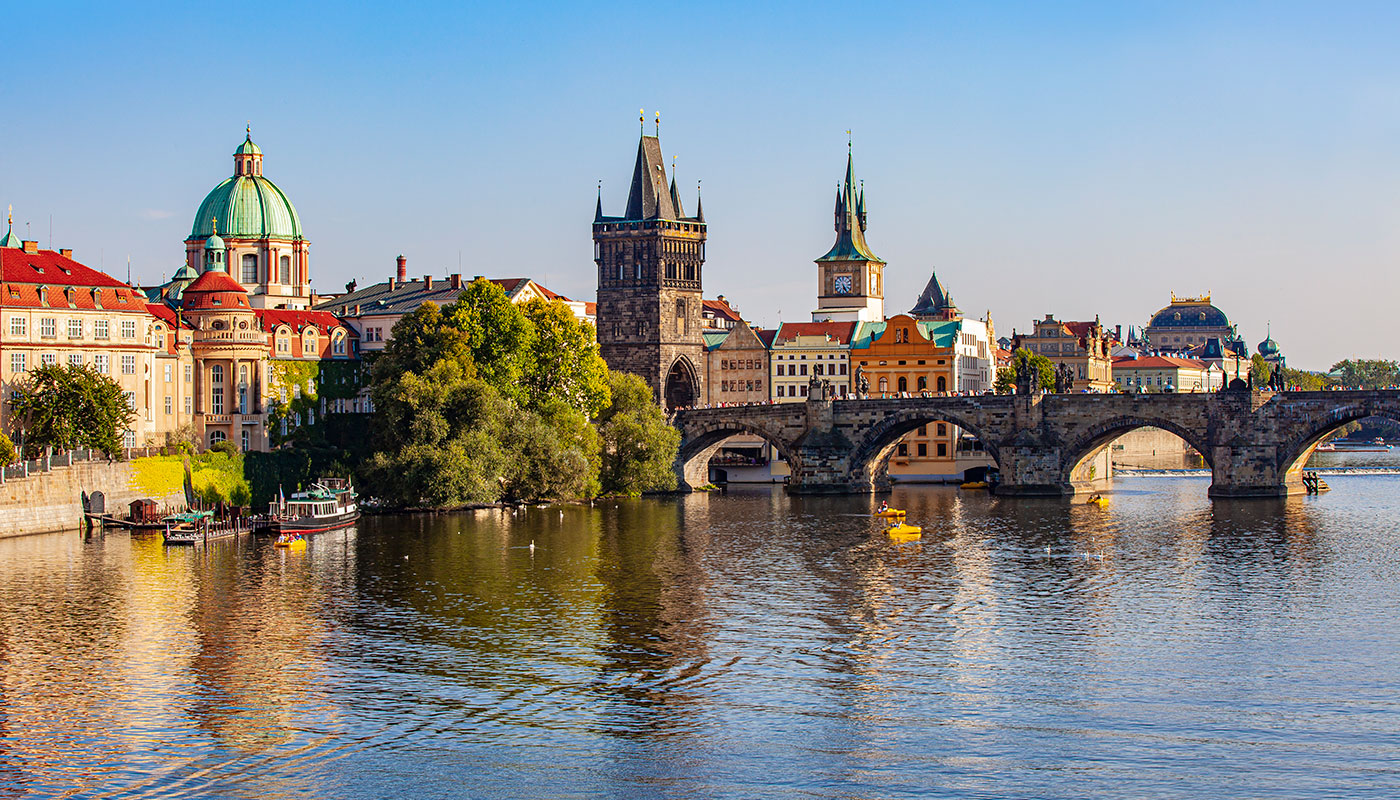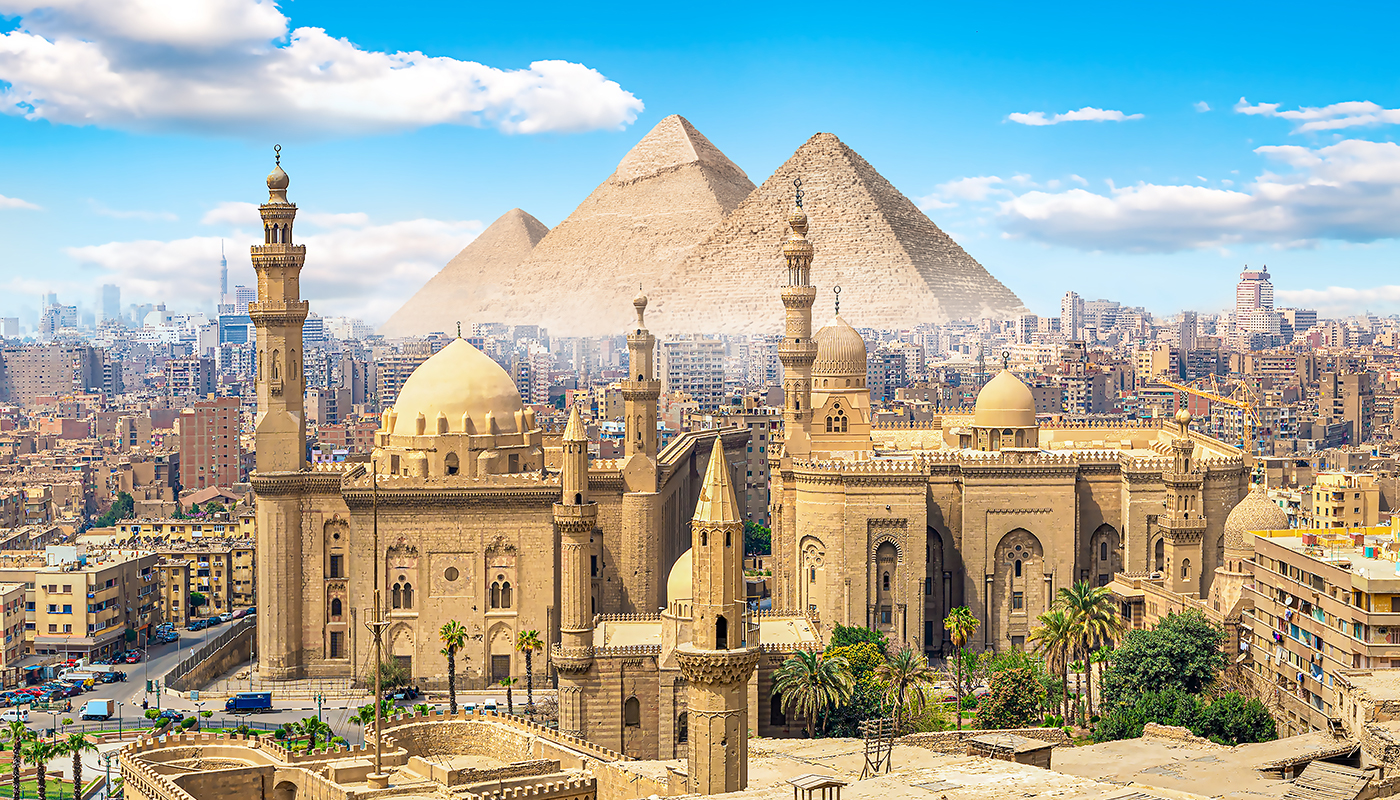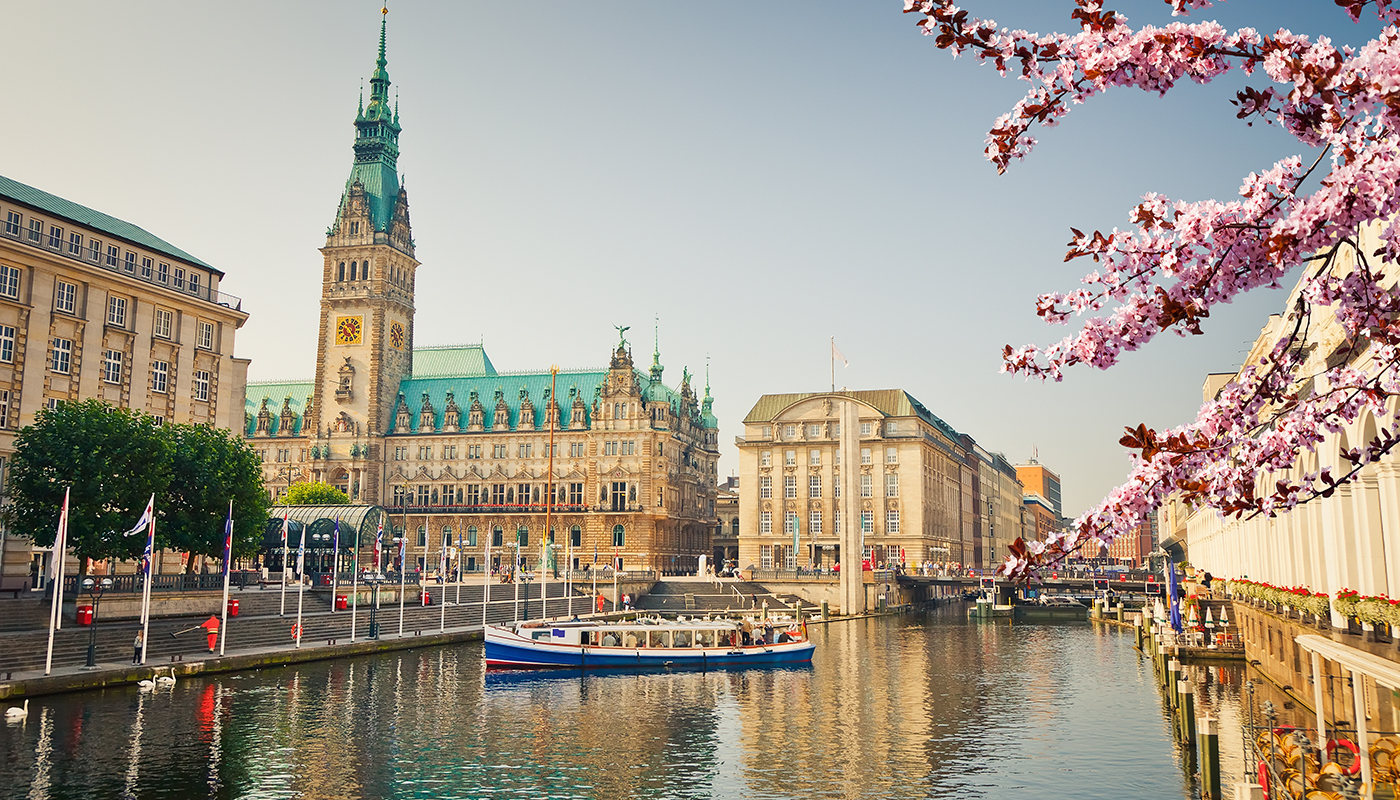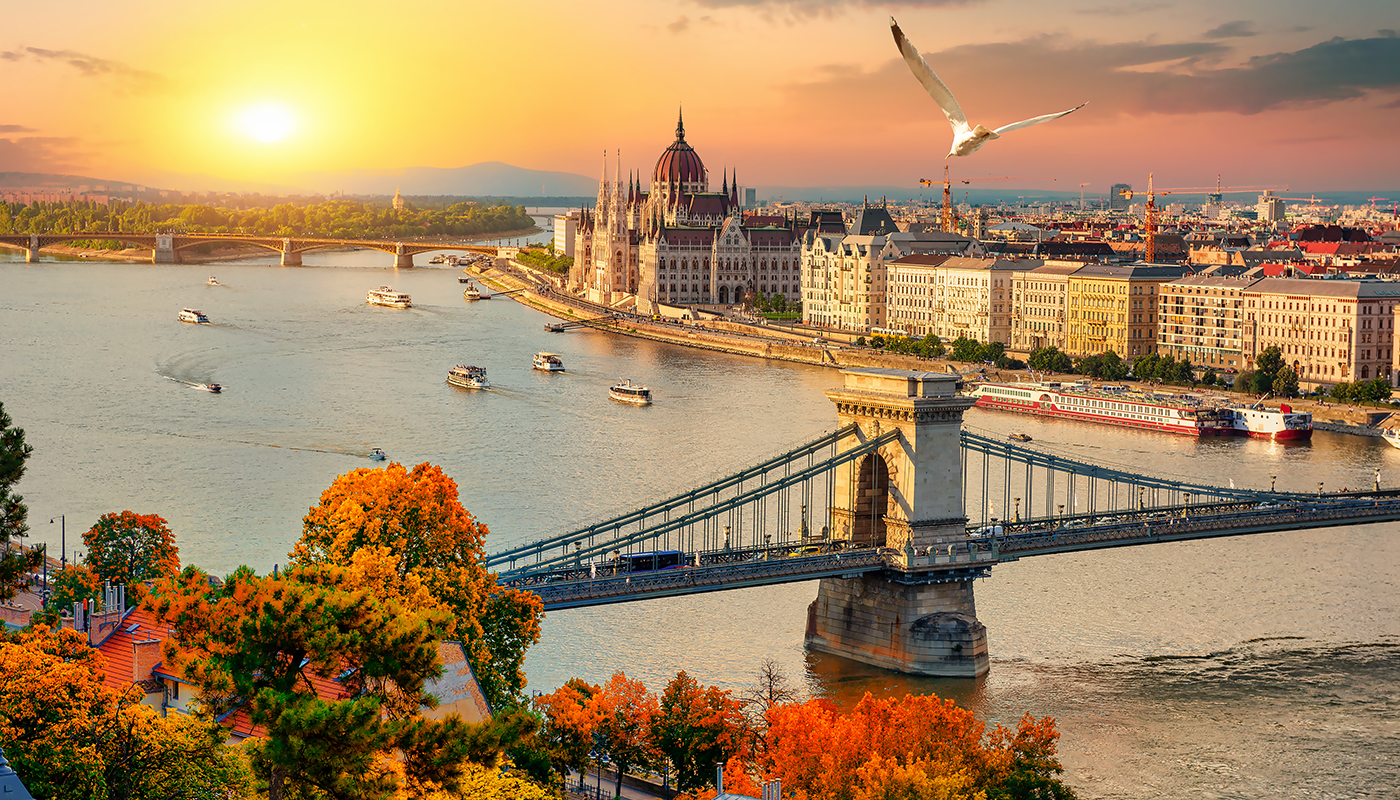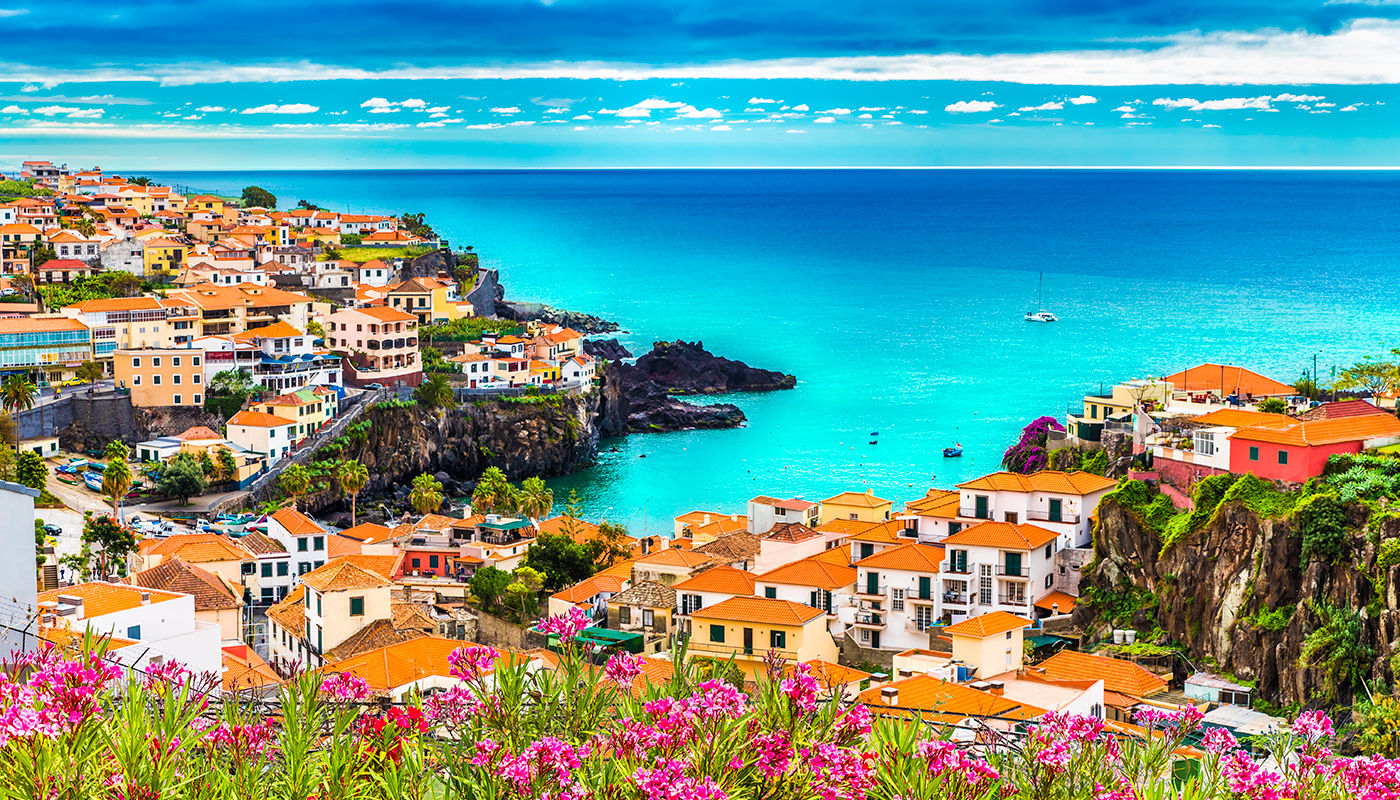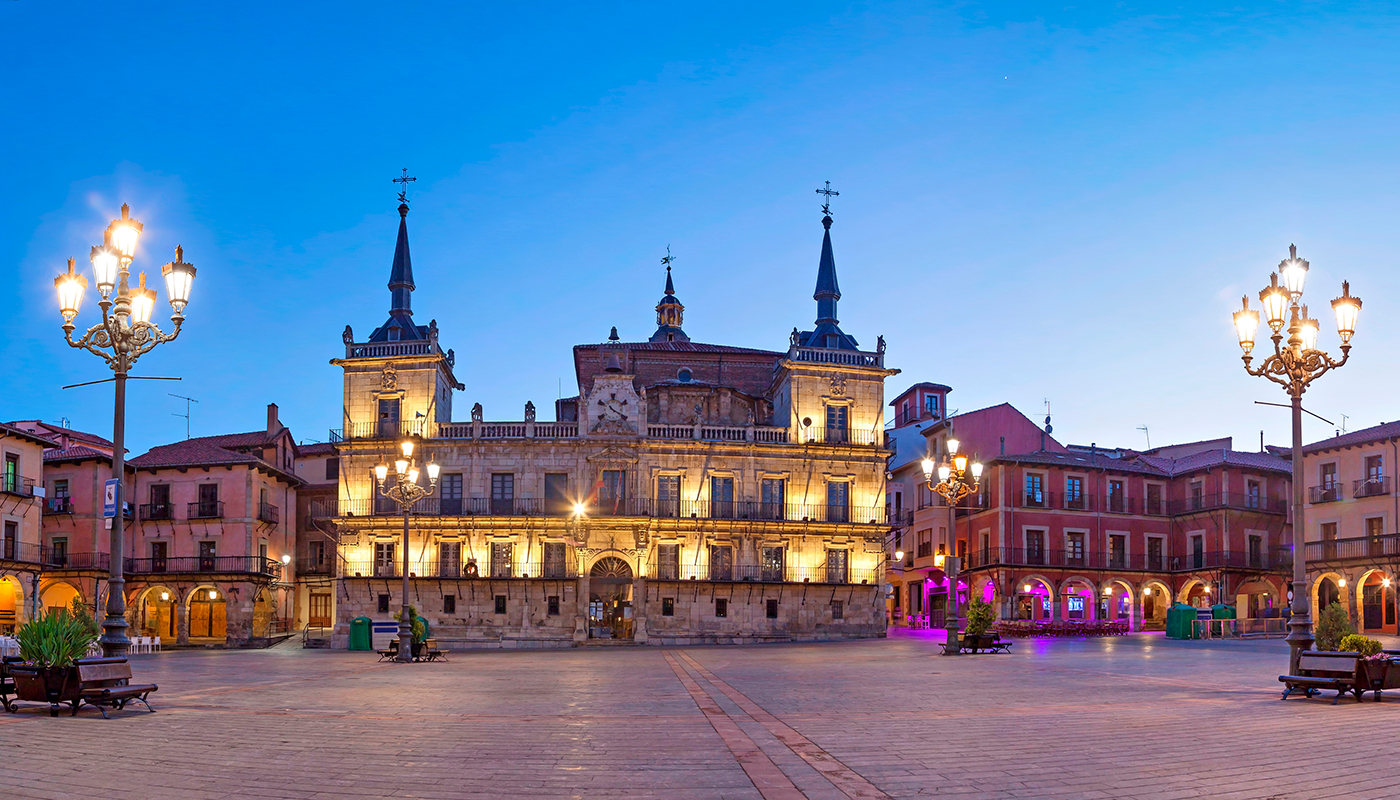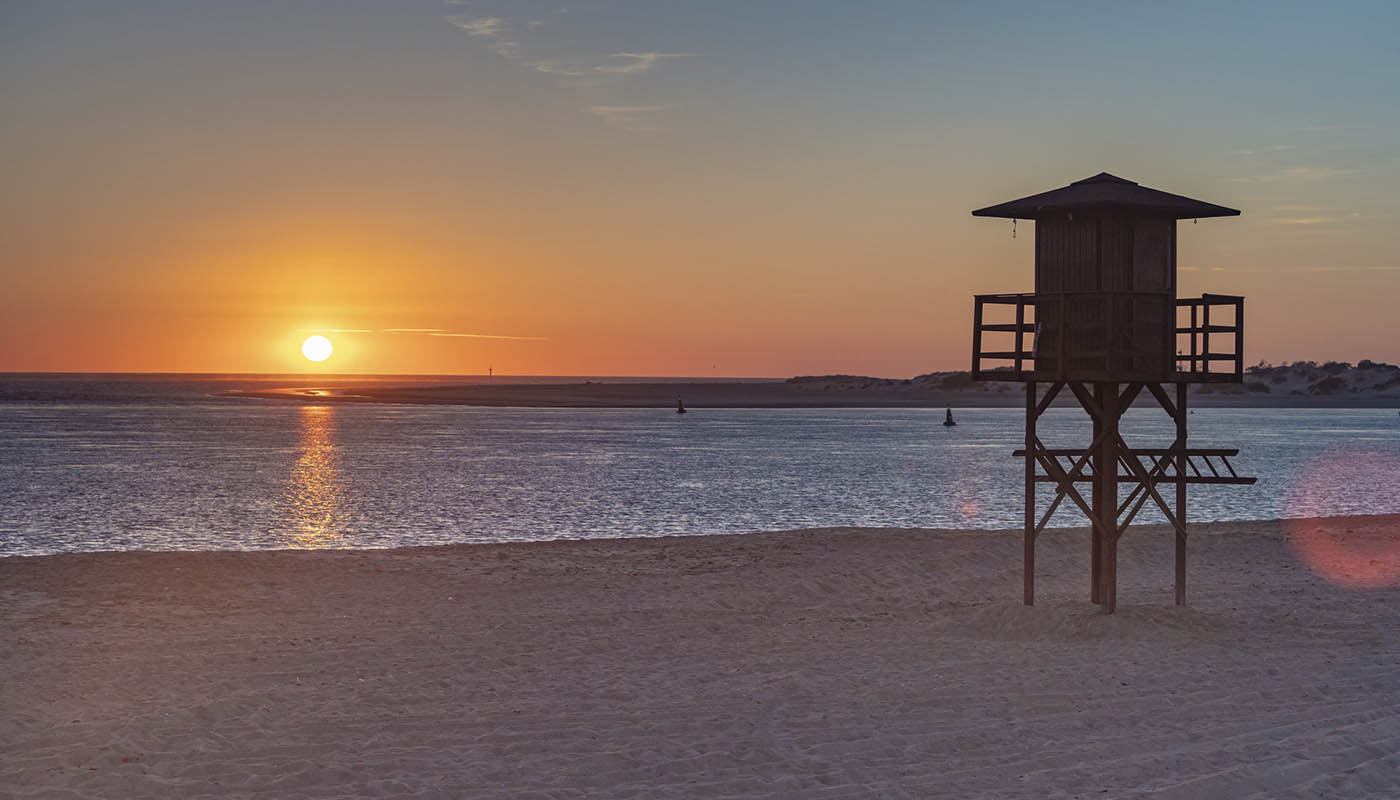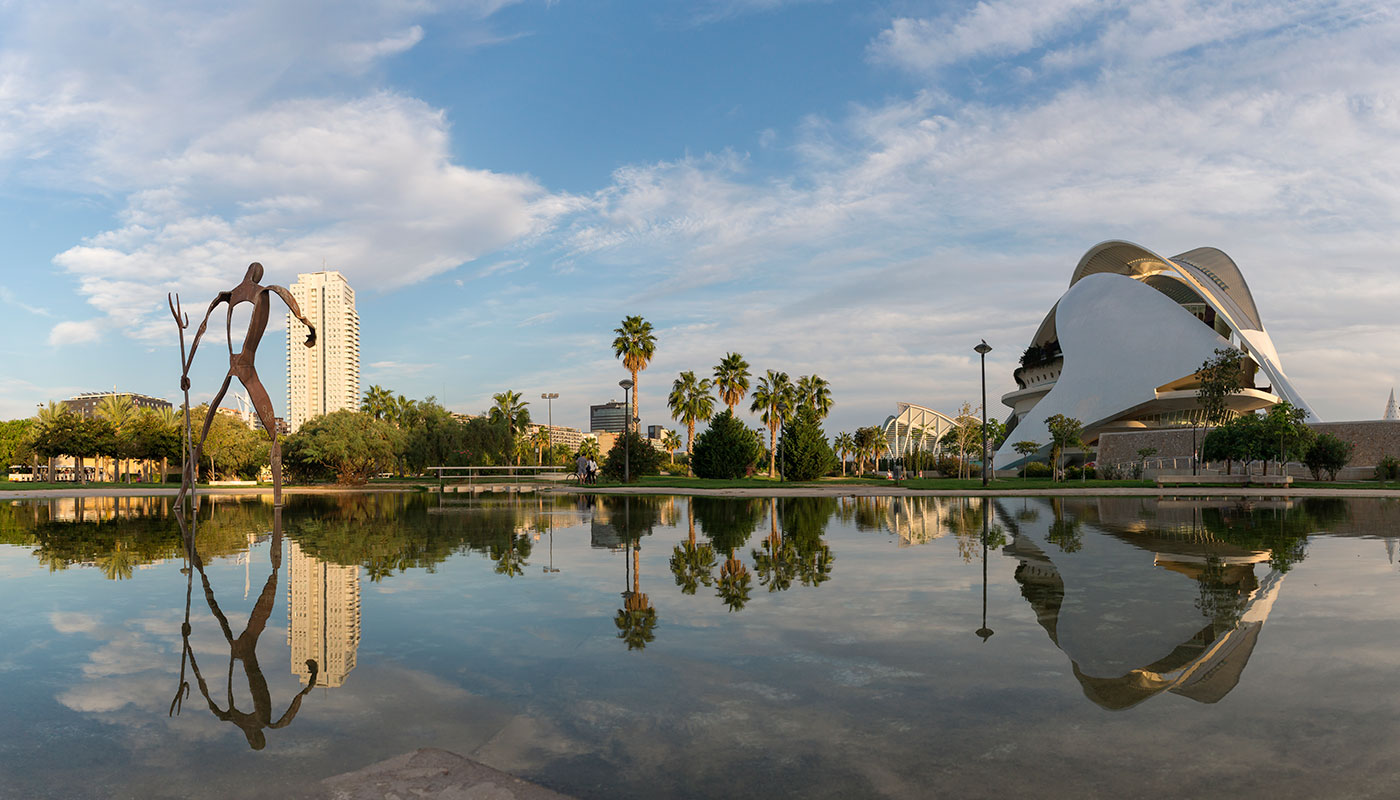What to see in Dresde

Dónde comer en Asturias, del Cantábrico a la montaña
Hay muchas opciones para comer bien en Asturias, desde cocinas con estrellas Michelin hasta restaurantes populares en los que se elabora la comida típica del Principado.

Comer en Cudillero, uno de los pueblos más bonitos de Asturias
Comer en Cudillero con sus increíbles vistas sobre el mar es un placer único junto a una mesa con sidra, platos de mar y montaña.

Dónde comer cachopo en Asturias, protagonista de la cocina más actual del Principado
Con permiso de la fabada, el plato estrella de Asturias, hoy por hoy, es el cachopo. Versiones de este festín culinario hay muchas y aquí te mostramos los mejores restaurantes donde las cocinan.

Sidra asturiana: tipos y dónde probarla
La sidra asturiana es un emblema para el Principado. Más que una bebida, es un ritual social que invita a ser descorchado en cualquier ocasión.

Comida típica de Asturias: el reino de la fabada y el cachopo
La comida típica de Asturias está llena de platos contundentes y sabrosos. Una cocina que requiere de tiempo tanto en la cocina como en la mesa.

Los mejores productos típicos asturianos para llevarte en la maleta
¿No sabes qué souvenir comprar en tu viaje a Asturias? Presta atención a estos productos imprescindibles.
Find your ideal itinerary
We help you design the best itineraries for your stay in Dresde.
Select the area you are staying in and the duration of your trip.











